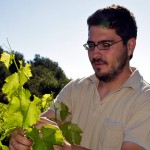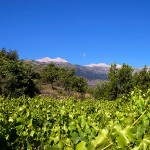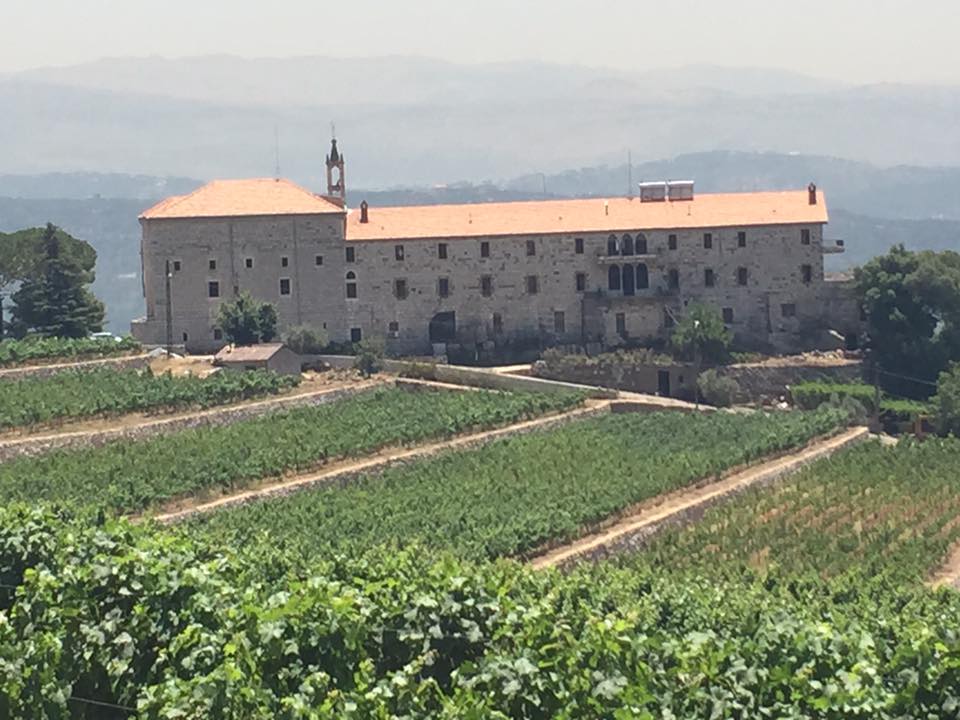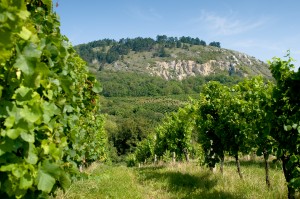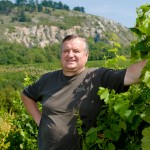Debt crisis, political upheavals, controversial tax increases – news from Greece have been strongly marked by economic developments during the last years, which affect the entire nation, and of course the wine makers of the country. Despite the trouble, Greece is and remains one of the biggest winegrowing nations in Europe which creates a symbiosis between preserving the ancient wine-making culture and opening to modern varieties and styles like hardly any other. The result is an incredible diversity which is still little known over here. Cretan Dourakis Winery – despite the crisis – shows stable export figures and focuses quite stringly on the Greek autochthonous vines, along with international grape varieties.

Adonis Dourakis about Cretan wine, Greece’s indigenous grape varieties and his wishes for 2016
Together with his son Adonis and his daughter Evi, Andreas Dourakis has established his winery, located in Cretan Alikampos, as one of the most successful private vineyards on the island. Located at 330 meters above sea level, in the foothills of the White Mountains, each Dourakis vineyard has its own microclimate, unique soil quality, and grape variety, all of which generate juice of distinctive quality, ideal for wines of character.
The Dourakis family is a regular participant in the annual PAR® wine Award Greece – organized by WINE System AG – which offers an important platform for the broad wine qualities of this country on the European market. The event goes to its sixth round on the 20th of February 2016.
In our interview, Adonis Dourakis tell us, how he has experienced the past year, what the family business means to him and he shares his Christmas wishes for the coming year:
Ask any Cretan they will all tell you that where we come from, family comes first! Family members should stick together, so that they can help each other when in trouble. For me, it was clear from the begging that after my studies in Geisenheim, I would return one day to Crete to take over -with my sister-our winery. I honestly feel blessed, that we have the opportunity to live on this beautiful island of Crete all year round and work with something so interesting as vines and wine!
You produce not only for the domestic market, but you also export to Europe and China. Does this influence the way of wine production or rather do you sell abroad other varieties and styles than to the home market?
Every market is different. Chinese people love strong red wines, Greek people like white fruity and aromatic wines and Europeans are looking for the local Cretan grape varieties! This makes our work even more difficult but till now we have accomplished to be successful in each market with different wines.
For sure this makes influence on the cultivated grape varieties. Which regional or rather autochthonous grapes do you grow? How do they relate to the international varieties?
We work a lot with local grape varieties like Vidiano, Vilana, Romeiko, Kotsifali and Mandilari. Those grape varieties have some similarities with international grape varieties but in the end they are all unique. For example we can use Vidiano grapes to create white wines that we can keep for some years until they reveal their true character. The aroma is very exotic (papaya, passion fruit, mango), with medium acidity and well balanced body. Furthermore, we use Romeiko grapes to produce either dessert wines with an intense aroma of dry fruits and nuts, or dry „sherry-like“ wines. Mandilari , on the other hand, has a lot of tannins which can lead to make the wine a perfect pair to meat plates. Sometimes I find similarities with the grape variety Carignan here.
Is there any typical Cretan wine? If yes, how would you describe it?
Well, Crete is a big island and every corner has another specialty. For example here in Chania we have the traditional Romeiko wine, which is a long-aged wine, with a typical Amber color. Someone could say that is similar to dry Marsala. In Heraklion area the blend of Mandilari with Kotsifali used to be for many years one of the most popular wine. An elegant wine with ruby red color and from time to time medium to high concentration of tannins.
A short question on economic environment: what were your experiences last year? Did the recent developments influence the export of your products? Or did your business relationships (for example to Germany, where your father and you have studied) remain stable?
Last year was actually a really good year although there were problems because of the troubles with the capital control. People did support us by coming and visiting the island of Crete but also by buying our products. Most of our customers have met us and they trust us, they trust our wines.
Because Christmas is coming close…….and if you could make a wish for 2016 : what would you wish for yourself and for Greece, the oldest European wine country?
Well…first of all, my family and I wish happiness and health to the world and the rest can come…! Every year is a new adventure for everybody…so we just need positive spirit and strength to fight all the troubles on our way!
Many thanks for taking the time to do this interview. We wish you continuing success and look forward to the next vintages.
Thank you so much! And of course Happy 2016 to everyone! 




